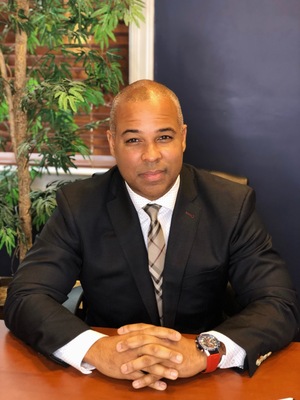Welcome to an intriguing dive into history with Enrique Latoison from Latoison Law, brought to you by Commentary Creations. As your guide through this three-minute journey, Enrique takes us back to the chilling time of 1692, when the fear of witchcraft loomed large. With Halloween just around the corner, we explore the eerie world of spectral evidence, witch trials, and how these historical events relate to our justice system and societal norms today. Tune in as we journey from the past to the present, unearthing lessons we can still learn from the infamous Salem Witch Trials.
Video Transcript:
I’m Enrique Latoison from Latoison Law, and this video is brought to you by Commentary Creations. I’m here as your three-minute lawyer.
It’s Halloween time, and around this period, we often see many good movies replayed, such as Hocus Pocus, Witches of Eastwick, among others. Today, we’re going to discuss the historical context of witchcraft, specifically its sale. Let’s go back to 1692, a period of intense religious observance.
During this time, if you weren’t part of the church, you were perceived as part of the problem. The pastor’s niece and daughter began experiencing hallucinations and suffering from medical issues. The conclusion drawn was witchcraft. Subsequently, the blame was placed on three women who were somewhat outcasts in society. This incident sets the precedent for the term “witch hunt” in today’s context, which generally refers to a situation where someone is unfairly targeted for not conforming to societal norms.
Three women, including one named Tituba, were put on trial for witchcraft. Surprisingly, during that time, if you confessed to being a witch, as Tituba wisely did to avoid execution, you were forgiven. However, if you insisted on your innocence and were found guilty at trial, you would be executed.
They allowed a form of evidence called spectral evidence. Today’s justice system is built on principles like due process, the right to cross-examine evidence, and the right to defend oneself. However, imagine a scenario where the evidence against you is someone’s claim that “she came to me in my dreams. She haunted me. She possessed me. She gave me these convulsions.” Defending against such supernatural claims was nearly impossible, leading to widespread convictions.
This sparked a witch hunt, with more than 200 people ending up in jail. Accusations flew left and right, neighbors turned on each other, and trials proceeded based on this spectral evidence, resulting in many guilty verdicts. This frenzy continued until the governor’s wife was accused of being a witch.
Suddenly, they realized things were getting out of hand. They decided to discard the spectral evidence and restored due process, allowing people the chance to defend themselves. As a result, the number of people in jail dropped from 200 to none, with individuals being pardoned, forgiven, and their names cleared.
Let’s learn from the events of 1692. We all have a right to due process and to defend ourselves against tangible evidence. Perhaps if these principles had been in place from the beginning, the Salem Witch Trials would not have occurred. I’m Enrique Latoison, and thank you for your time.



